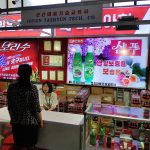A common misconception among tourists is that alcohol in North Korea is either banned or severely restricted. In fact not only is it very common, its production is actually encouraged by the state. There is a surprisingly huge range of alcoholic beverages on the market, from traditional Korean alcohol such as Makkoli and Soju, foreign alcohols like beer and grape wine to medicinal alcohols that contain ingredients such as tiger bone, ground starfish and of course, ginseng. Recently the first ever North Korean whiskey was also produced and will make its way onto local shelves very soon.
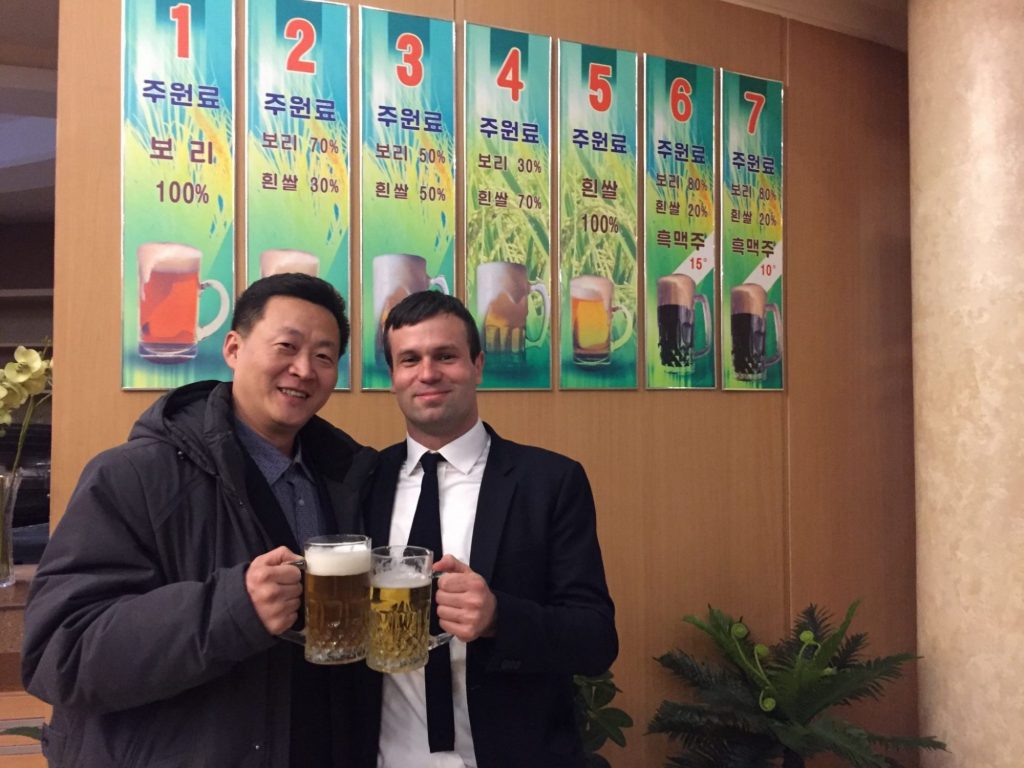
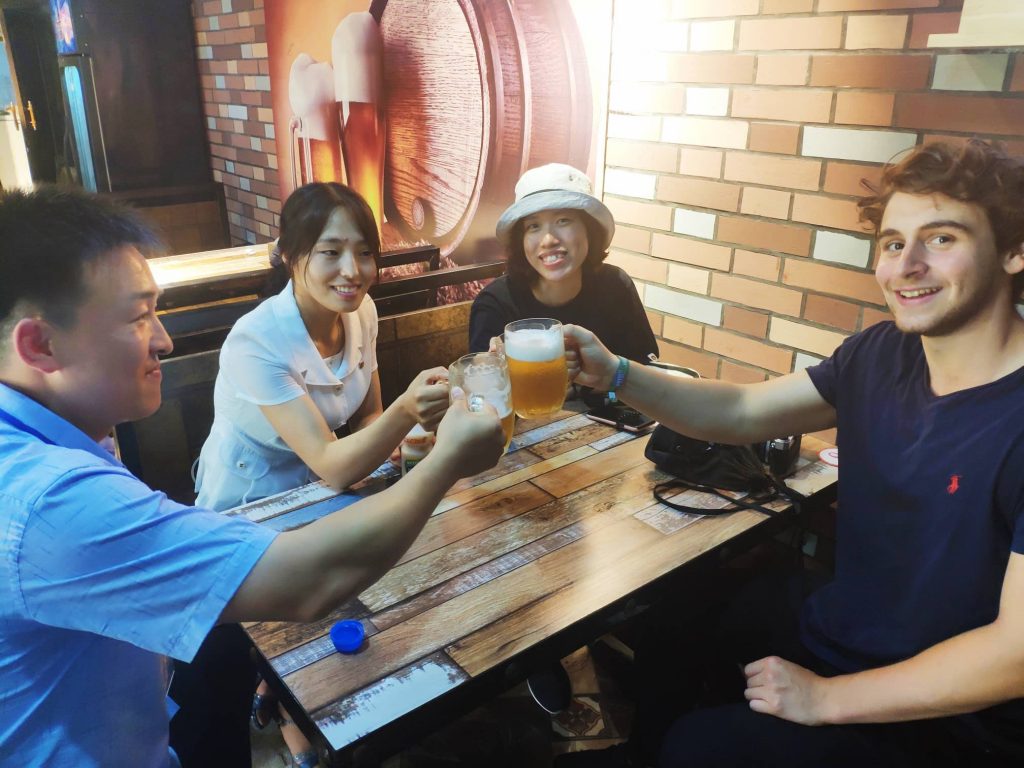
So what types of alcohol are there in North Korea?
The most popular Korean alcohol in North Korea are soju and beer. Soju has been a favourite on the Korean peninsula for centuries. Traditionally made from fermented grain, North Korean producers now also use ingredients such as acorn or pine nuts. While in South Korea the typical alcohol content of soju has dropped from around 35% to 16-18% today, typical North Korean soju has a higher alcohol content of 25% to 30%. North and South Korea however, both still produce traditional higher-alcohol sojus that can clock in at over 40% alcohol.
Beer in North Korea is seen by many as an affordable luxury; it’s more expensive than other alcohols, but isn’t entirely out of reach for many, like foreign spirits may be. There are several large breweries producing beer in North Korea – Taedonggang Beer being by far the most well-known both inside North Korea and in the outside world. Other large brands include Ryongsong, Ponghak and Pyongyang beer.
There has recently been a big increase in the range of bottled beers available; new brands available in stores include Gyonghung, Taeha, Samgak and Haemaji beer.
Microbreweries in North Korea are ubiquitous. While some such as the Yanggakdo Hotel Bar, Rakwon Beer Bar, Chongjin Hotel and the Golden Lane Bowling Alley in Pyongyang are fairly well equipped operations, others are basically homebrew sold to the public. Many restaurants and even street stalls have their own beer, often made with very basic set ups. In the Rason Special Economic Zone there is a microbrewery, set up with Czech co-operation, which is the largest in the area and famous for its quality locally.
Recently, German-style wheat beers have been coming into the market, including a new variety from Taedonggang Brewery and currently sell for a significant premium over the more familiar ales, steam beers and lagers. North Korean beers are generally lightly hopped to suit the taste preference of locals though, so don’t expect much of an IPA scene anytime soon. Another new change in North Korean beer is the introduction of canned beers. Our first sighting of a canned beer was Gyonghung, but now Taedonggang is also canning beer and it’s expected other breweries may follow suit.
Imported beer is very popular for those who can afford it, with Heineken, Bavaria and the big Japanese brands such as Asahi and Kirin competing alongside less familiar brands such as Hello Beer from Singapore. Chinese beer is also common in regions such as North Hamgyong and North Pyongan province where trade with China makes up the vast majority of foreign trade.
Aside from the two mainstays, necessity is the mother of invention and North Koreans have made alcohol out of a wide range of things, such as the Apricot Pit wine that’s available throughout North Hamgyong, high-alcohol fruit liquors made from ingredients such as apple or pear, and mushroom based liquors. There are also plenty of special medicinal liquors with Rason’s Seal Penis Liquor possibly being the most difficult to contemplate. North Korea also makes its own version of sake, called Chonju, but it is not widely available. In local markets it’s also possible to find all kinds of homemade alcohol sold by entrepreneurial North Korean women, from the traditional favourite Makkoli (A milky beverage fermented from rice with an alcohol content similar to beer) to alcohols fermented from corn or other grains and ingredients.
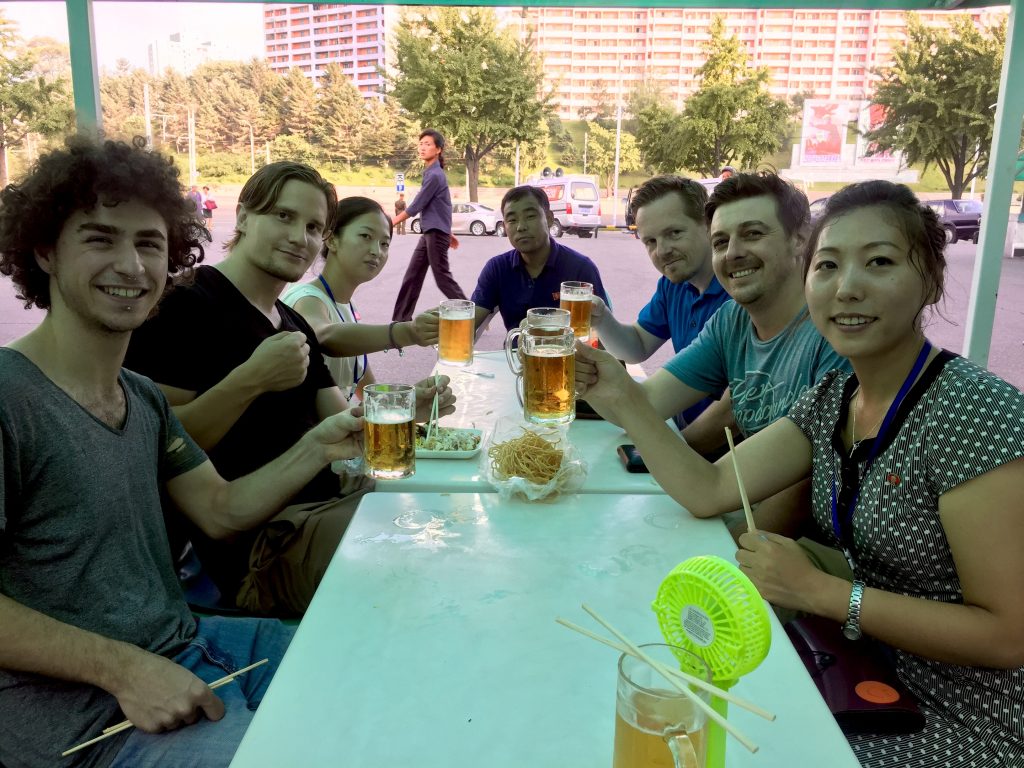
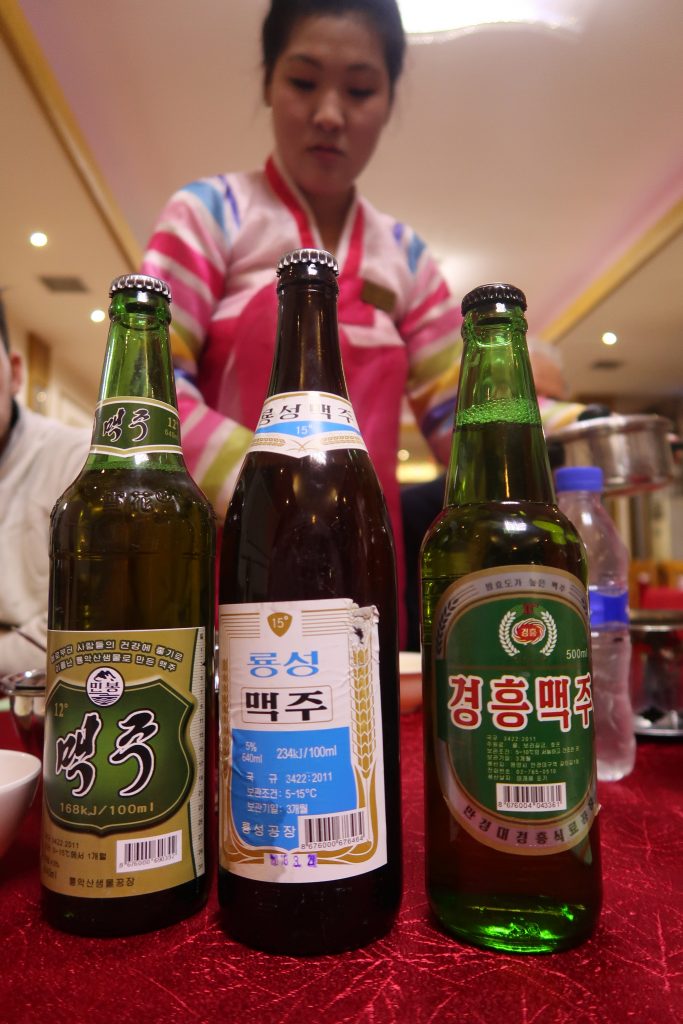
How is alcohol production encouraged by the state?
Alcohol faces no restrictions in the DPRK. There is no legal drinking age- although in general it’s frowned upon for students to drink (this includes university students). Top producers like Taedonggang Beer are granted special designation by the state that ensures they receive priority over other factories. There is currently a national drive to decide on a national liquor- similar to how Scotland has whiskey, China has baijiu and Japan has sake. Every district in Pyongyang has a ration card beer bar, where residents can receive up to ten pints of beer a month on rations. Further beers are available but require cash payment. There are no laws against public drinking, although of course it’s not allowed to drink (or smoke) around political or revolutionary sites. During holidays and Sundays you’ll find North Koreans in public parks and at the beach, drinking, singing, dancing or even putting on standup comedy routines. Bars are common and outside of working hours can be packed.
As you can see, despite many people’s expectations, North Korea has a fairly vibrant drinking scene. Necessity has driven innovation and experimentation and North Korean beer in particular is considered exceptional in comparison to many other Asian beers (although this is changing as craft brewing makes big dents in China, Japan and South Korea).
Sample Korean alcohol for yourself on one of our North Korea tours!



